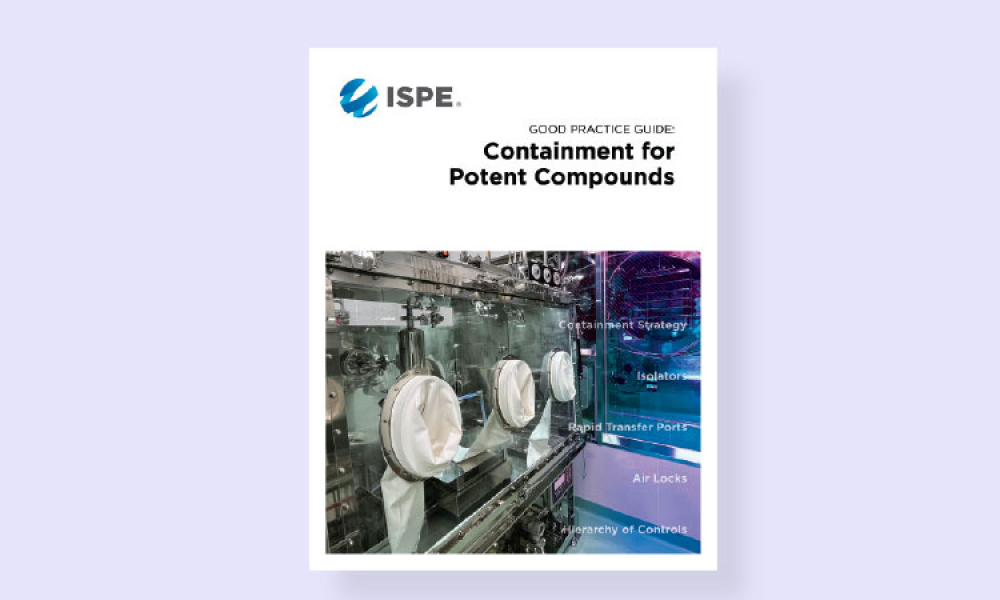ISPE has launched an important new initiative, “Enabling Global Pharma Innovation: Delivering for Patients,” in support of the aspirations of many regulatory agencies globally to promote introduction of innovative pharmaceutical manufacturing.

Downloads
Research Triangle: Building a Foundation For Pharmaceutical and Biotechnology Excellence
Cover: North Carolina’s Research Triangle is the largest of its kind in the US. Thanks to years of effort from industry, pharmaceutical professionals, and education institutions, it is synonymous with pharmaceutical and biotechnology excellence.
CMC Requirements for New Drug Registration In Latin America
Feature: The global pandemic has demonstrated that now, more than ever, we need to work toward a global solution and prioritize the harmonization of technical requirements. Positive improvements have been observed in the acceptance and implementation of international standards by various regulatory agencies in Latin America. This article offers an overview of the chemistry, manufacturing, and controls (CMC) requirements for the small molecules product registration process in Latin America and highlights the divergence of some requirements from harmonized standards like the International Council for Harmonisation of Technical Requirements for Pharmaceuticals for Human Use (ICH).
A Proposal for a Comprehensive Quality Overall Summary
Feature: When working with the common technical dossier (CTD), the structure of Module 2 “follows the scope and outline of the Body of Data in Module 3,” which can reduce review efficiency. This structure does not allow explanation of justification for the control strategy, particularly when a quality by design (QbD) approach is employed. The authors propose using Module 2.3 to effectively convey the control strategy and clearly identify the established conditions (ECs) or regulatory binding elements that “are considered necessary to assure product quality and therefore would require a regulatory submission if changed post approval.”
Enhanced Intervention Detection in Aseptic Fill Using AI/ML
Technical: Authors show how continuous, real-time capturing of data with immediate data analysis by an ML algorithm can improve control over a critical quality attribute. The MLanalyzed data provides the evidence for validation of the change by demonstrating more control over the process along with a decrease in process risks.
Methodology to Define a Pharma 4.0™ Roadmap
Technical: In the context of data integrity, data flows are essential. The FDA, PIC/S, and WHO have all emphasized the importance and benefits of data flows in their guidance on data integrity. The key to data integrity compliance is a well-functioning data governance system in which the data flow path for all business processes and equipment—such as in manufacturing, laboratory, and clinical studies—is fully understood and documented by a detailed process data flow map.
In This Issue
When working with the common technical dossier (CTD), the structure of Module 2 “follows the scope and outline of the Body of Data in Module 3,”
The event, organized by and for recent graduates and students by the ISPE Emerging Leaders Community of Practice (CoP), offered high-quality presentations and interactive workshops where participants...
“Over the past 20 years, there have been an increasing number of highly potent materials handled within the pharma industry, to the point where most modern products require some degree of containment or other exposure control to maintain safety,” said guide team member Peter Marshall, AstraZeneca (retired).
As Head of Merck’s Global Manufacturing Operations and one of the most senior operations leaders in Merck, Sanat is responsible for Merck’s worldwide manufacturing operations and product supply, supporting global sales revenue of over $55 billion.
The global pandemic has demonstrated that now, more than ever, we need to work toward a global solution and prioritize the harmonization of technical requirements. Positive improvements have been observed in the acceptance and implementation of international standards by various regulatory agencies in Latin America. This article offers an overview of the chemistry, manufacturing, and controls...
Funded by the European Commission from 2019, the Smart Pharmaceutical Manufacturing Project (SPuMoNI)
It is hard to believe that by the time this column is published, my term as Chair will be half over. We’ve accomplished much, and I’m left wondering, “Where has the year gone?”
As a woman in the pharma industry, I have witnessed firsthand the growth of the industry in the Germany/Austria/Switzerland (D/A/CH) region and the opportunities it has brought for women like me.
ISPE’s Emerging Leaders (EL) Steering Committee is taking time to get our foundation right so that we can help drive change and empower young pharmaceutical engineering professionals to pursue their dreams. Our vision and mission will serve as the pillar for how we engage with Emerging Leaders and students around the world, stay true to our goals, and adapt to regional requirements.
The success of the biopharmaceutical industry and the expansion of manufacturing facilities, of both existing companies and newcomers, has put a strain on the number of temporary and permanent skilled workers needed to fill many positions in the Triangle.
Terry Jacobs is Chair of the Oral Solid Dosage (OSD) Community of Practice (CoP) Steering Committee. He is a recognized expert in the design of pharmaceutical, biotechnology, and corporate facilities and has completed projects for clients in the US, China, Mexico, and Saudi Arabia. He has lectured extensively on the planning and programming of laboratories and manufacturing and other...
Roujian “RJ” Zhang is Chair of ISPE’s new Quality Control (QC)/Analytical Community of Practice (CoP) Steering Committee. He is also Chief Quality Officer at Evive Biotech, responsible for all aspects of quality for the company, ensuring safety and efficacy, making critical quality decisions, and keeping the company up to date with new regulations. RJ became interested in the pharmaceutical...
We will show how continuous, real-time capturing of data with immediate data analysis by an ML algorithm can improve control over a critical quality attribute. The ML-analyzed data provides the evidence for validation of the change by demonstrating more control over the process along with a decrease in process risks.
In the context of data integrity, data flows are essential. The FDA, PIC/S, and WHO have all emphasized the importance and benefits of data flows in their guidance on data integrity. The key to data integrity compliance is a well-functioning data governance system
North Carolina’s Research Triangle is the largest of its kind in the US. Thanks to years of effort from industry, pharmaceutical professionals, and education institutions, it is synonymous with pharmaceutical and biotechnology excellence.
















